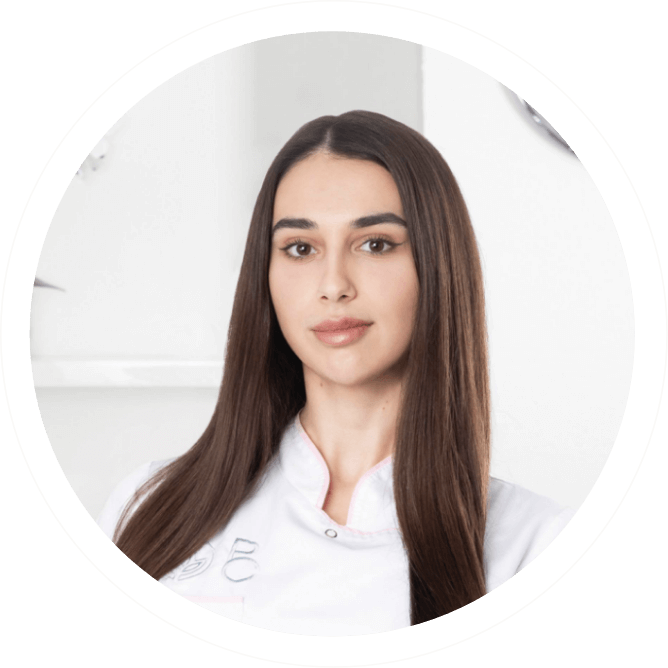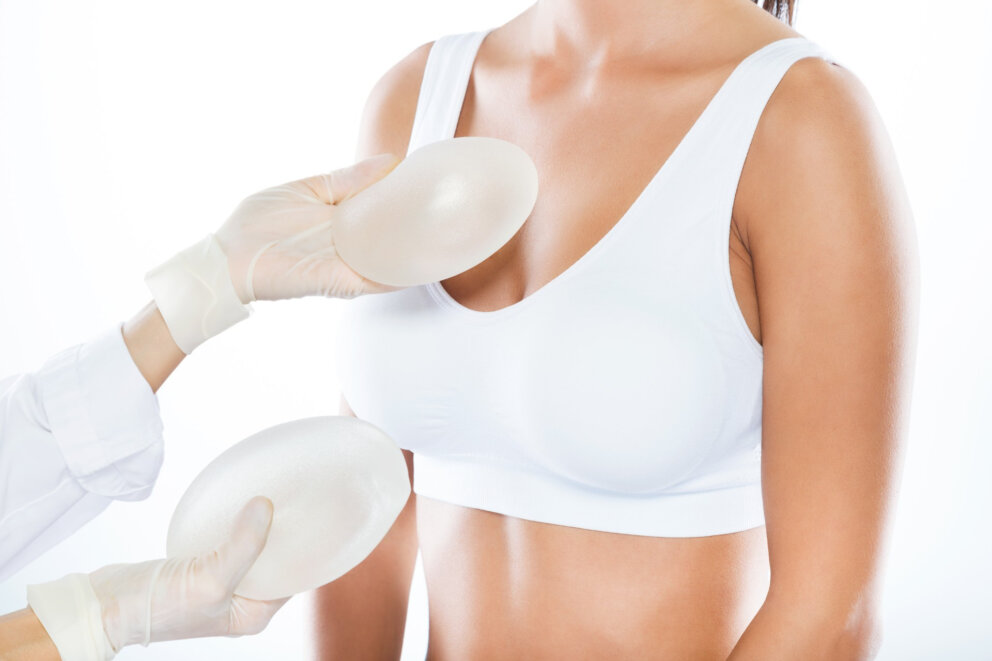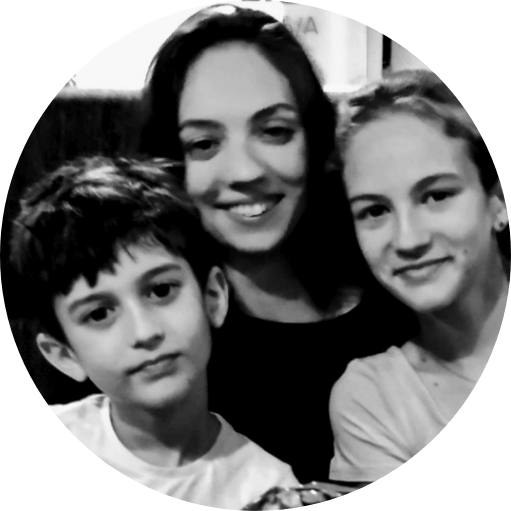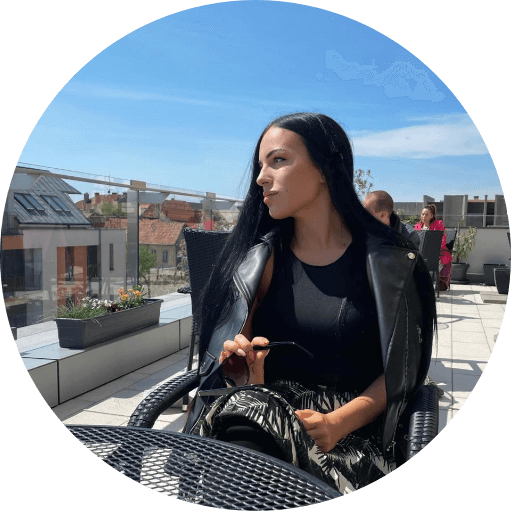The term dermatitis is a common term for all inflammations of the skin.
According to the mechanism of origin, several types of dermatitis are recognized. Some are a reaction to various allergens, then we talk about allergic dermatitis, also known as eczema. It is characterized by inflammation, dryness or redness on the surface of the skin. It affects people of any age.
Eczema can appear in the first few weeks of life and manifest as dry or even broken skin on the forehead, cheeks, chin or thighs.
In children over two years old, eczema manifests as dry, red and peeling skin, most often in skin folds such as those found in the elbow sockets, under the knees and behind the ears, on the wrists, ankles and hands. In adults, the manifestations of the disease are much the same, but usually affect different areas such as the neck, head, shoulders and chest. The skin becomes thinner and more sensitive with age.
In the elderly, symptoms are much the same as in younger adults, but can be more severe due to thinning of the subcutaneous fat layer and reduced skin hydration. Eczema can be uncomfortable and even painful as blisters form on the skin and the skin breaks, preventing people from doing activities that make them happy. For many, the appearance of eczema causes embarrassment and makes it more difficult for them to socialise.
Most eczema sufferers are looking for remedies that not only relieve and prevent itching, but also make them feel comfortable in their own skin. The exact causes of eczema are unknown. However, it can affect him:
- Genetic predisposition – eczema in parents also increases the risk of its development in children.
- Friction with synthetic fabrics and wool.
- Allergens such as pollens, animal allergens, dust and moulds.
- Stress.
- Intertrigo.
- Aggressive washing and cleaning agents.
- Central heating.
- Air Conditioning.
- Type 1 diabetes may increase the risk of eczema.
Treatment of dermatitis depends on the patient’s current condition. It can be local (e.g. local compresses, local corticosteroids), general (immunomodulators, antihistamines), physical (phototherapy and photochemotherapy). Therapy of atopic dermatitis requires adherence to a strict lifestyle with the elimination of known allergens and remasking of dry skin.

























